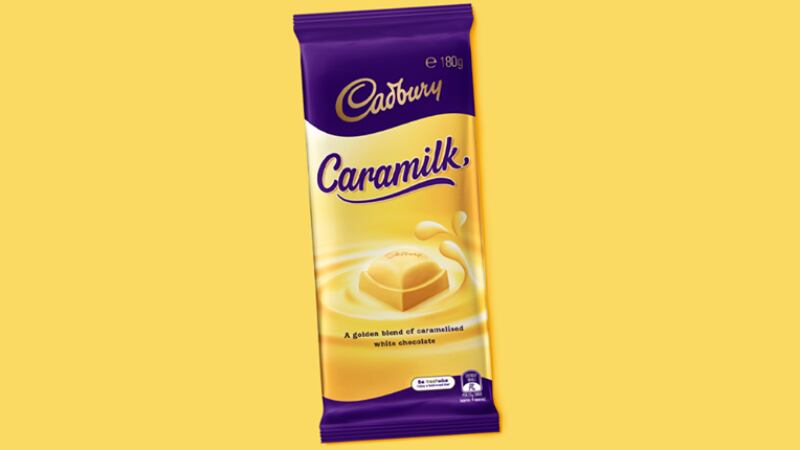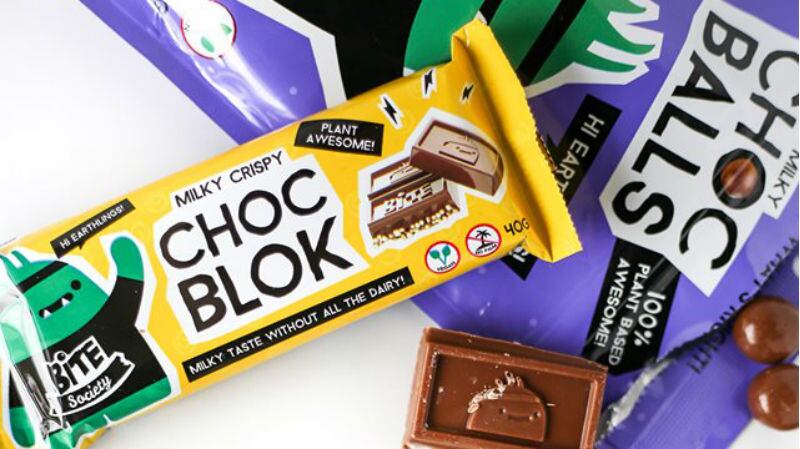Data from market analysis firm Mintel has revealed chocolate to be an exceptionally popular confectionary option in India, with some 61% of surveyed consumers identifying themselves as ‘frequent users’ that eat chocolate daily or at least once a week. Overall, 21% of Indian consumers take chocolate on a daily basis.
The chocolate industry in the country is estimated to hit INR172bn (US$2.4bn) this year, a rise of almost INR2bn (US$27.9mn) from 2018’s INR156bn (US$2.2bn).
“Brands can leverage this high consumer interest by increasing consumption occasions like snacking, introducing interesting flavours to encourage more trial, and looking at healthier alternatives or functional benefits,” said Mintel Food and Drink Analyst for India Natasha Kumar.
The research also revealed that the popularity of individually wrapped chocolates has risen by over 50% between July 2018 to July 2019, with one-sixth of Indian consumers looking for chocolates in ‘smaller portions’.
"An increase in the share of individually wrapped chocolate products is indicative of increasing health-consciousness among Indian consumers who are trying to control portion size,” said Kumar.
“Brands need to keep in mind that bite-sized portions are gaining popularity in India and, therefore, new product innovation should do the same. [These firms] have an opportunity to innovate in smaller SKUs as consumer preference trends in this direction.
“This will have more advantages in the future, when it comes to attributes like portability, storage and, more importantly, controlled portion size, creating permissible indulgence for consumers.”
Companies who could benefit
A potential firm who is already innovating in its chocolate products along these lines is confectionary giant Mondelez International.
One of the firm’s priorities has been to encourage ‘mindful consumption’, and has attempted to do this via a calorie reduction drive to offer consumers more individually-wrapped snacks that contain 200 calories or less.
“We are relooking our portfolio based on World Health Organisation guidelines, so are developing some of our products to be less than 200 calories in line with this,” Mondelez South East Asia Associate Director Marketing Chocolates Vikram Karwal told FoodNavigator-Asia previously.
“The aim of this calorie reduction drive is to help consumers be more aware of what they are consuming, their calorie intake and so on, and to give them more control over this.”
Examples of these include the firm’s Cadbury Dairy Milk Lickables, Mini Oreo pouch packs, Jacobs Crackers, Oreo 3-piece packs and more.
“Although not all of our products have this option available yet, the end goal is that all brand offerings will have 100 calorie and below options as part of the Mondelez portfolio,” said Karwal.
So far, South East Asia has been a clear focus for the company in this, but such an initiative would likely also be very applicable in India, especially given these recent findings.
Chocolates for health and wellness
Further evidencing Indian consumers’ rising awareness of health and wellness was the finding that some 18% had expressed interest in sugar-free chocolate options, which led to some 3% of new chocolate product launches in India carrying a ‘no added-sugar’ claim.
“Sugar reduction has become ‘the need of the hour’ and, albeit at a lower base, chocolate confectionery launches with the no-added sugar claim is gaining traction,” said Kumar.
In addition to this, chocolate functionality in terms of energy boosting is also garnering significant interest in the country, with 24% of consumers citing this as a reason for their chocolate consumption.
“[As] more and more consumers prioritise functional food and drink, chocolate with added benefits will allow brands to stand out from the competition, [so] there is an opportunity to introduce more energy-specific claims to garner interest.
“Brands can look at incorporating ingredients such as guarana, coffee and protein, which are gaining popularity for their energy-providing properties.”





